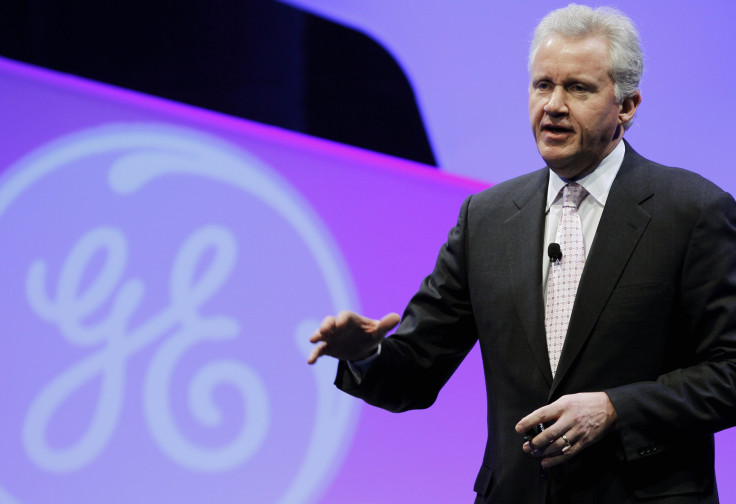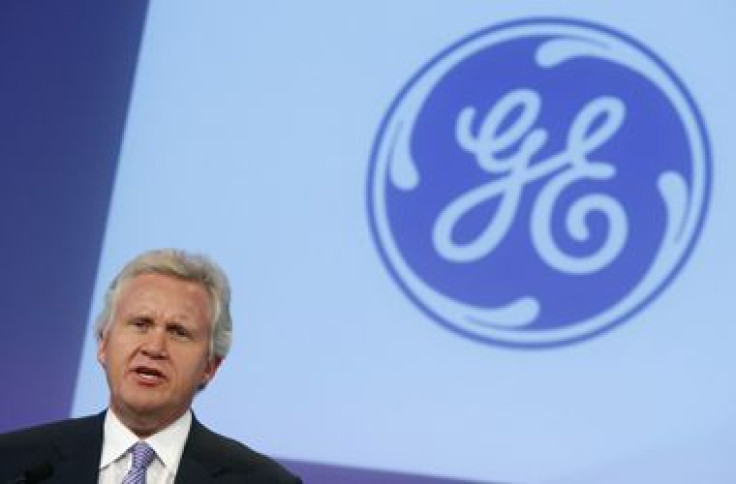Power Distribution Is Key Research Focus: General Electric


General Electric Company’s (NYSE:GE) struggling Power and Water business, which deals in gas, solar and wind energy, has redoubled research efforts on efficient power distribution.
“We’re starting to open our kimono a bit more around our efforts on distributed power and driving more efficient, cost-effective power generation at smaller scales,” said Kelly Fletcher, GE’s business program manager for energy, to IBTimes in an interview.
“There are markets out there…where having small amounts of power distributed throughout the system, as opposed to sitting in one central generation area, can probably provide some value.”
“In the not-too-distant future, you’re going to start to see more stuff coming from us on that,” said Fletcher, who helps oversee Power and Water research for GE’s research global arm. GE Global Research enjoyed a $6 billion research and development budget in 2011 and develops innovative technology for the giant conglomerate.
Fletcher’s remarks highlighted gas turbines in particular, which GE has traditionally sold to governments and large companies. The company’s massive gas turbines even helped meet energy demands during the recent Sochi Olympic games in Russia.
General Electric provides energy infrastructure for oil and gas companies and also manufactures gas turbines, steam turbines and wind turbines. The company sold off a key part of its solar energy business in 2013, selling its solar technology to First Solar Inc. (NASDAQ:FSLR), as solar panel prices declined over the past few years.
Its Power and Water unit has been blamed for weaker corporate earnings in a couple of quarters over 2013, as earnings fell 39 percent for the unit in the second quarter.
Last week General Electric injected $1.4 billion over four years in a new Distributed Power unit, catering for demand for sleeker on-site power systems. Distributed power places electricity generators closer to where energy is actually consumed, through a network of evenly distributed generators.
GE’s recent distributed power deals have focused on Southeast Asia, where developing economies require stable local energy sources. Markets include Indonesia, Thailand and Malaysia.
Distributed power systems are typically less than 100 megawatts in size and usually feature renewable technologies. A natural gas boom has helped drive gas-fired power distribution systems, found a recent GE white paper. The company expects global investments in distributed power to rise to $206 billion by 2020, up from $150 billion in 2012.
GE is also focusing on how interactions between individual wind turbines can be optimized at large wind farms to boost efficiency, according to Fletcher. That research takes advantage of industrial internet technology, which has allowed sensors on wind turbines to communicate data in real-time.
© Copyright IBTimes 2024. All rights reserved.












